Nanoparticles: What do the species have in common? A mystery solved by science
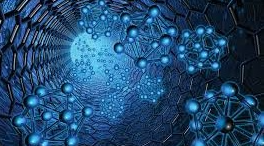
Hello, curious scientist friends! I have some exciting news for you that involves tiny but powerful particles called nanoparticles. It turns out that a group of researchers from the FHAIVE FHAIVE (Finnish Center for Development and Validation of Integrated Approaches) at the University of Tampere has made an incredible discovery, they have found a very interesting response mechanism that occurs when different species come into contact with these tiny particles.
A comprehensive analysis of many data was performed on how species react molecularly to nanoscopic materials. And voilà! They discovered an ancient epigenetic defense mechanism that shows us how different creatures, from humans to simpler organisms, adapt over time to these fascinating particles. Quite an achievement!
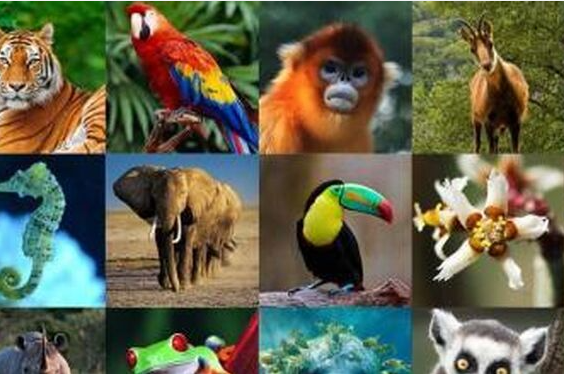
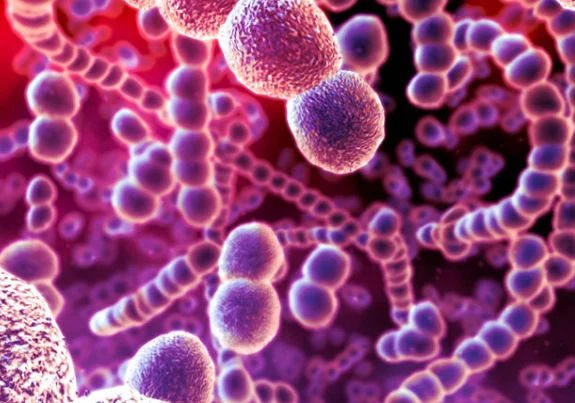
This research helps us understand how different species react in similar ways to particles. This is a breakthrough and could solve the problem of having only one “chemical signature” to assess the safety of chemicals. Isn’t that cool? But wait, there’s more, researchers have discovered that this study has implications beyond toxicology. During the COVID-19 pandemic, we realized how important it is to activate our immune defenses to fight viral infections, and it turns out that the level of air pollution in certain areas affected the severity of the disease in humans. Unbelievable, isn’t it!
This leads us to the conclusion that understanding the basic defense mechanisms in living things is crucial to understanding how our immune system works. Even the smallest particles can prepare our immunity for future challenges, and scientists have discovered that air pollution and particles are also linked to respiratory problems and, in extreme cases, even lung cancer in non-smokers. Who would have thought that something as small as a nanoparticle could have such a huge impact on our health? Particles sure know how to get noticed!


But don’t worry, this is not just bad news. The study also helps us better understand how all organisms on Earth are connected; effects on one species may affect others. For this reason, it is important to take into account the health of our planet and how our actions can have repercussions on the lives of other living beings. We are a large interconnected community. Scientists know that they cannot test all the new nanoscopic materials in all the species on the planet, it would be a never-ending and practically impossible task. But thanks to research like this, we can develop innovative new models and approaches that allow us to quickly and reliably assess the potential hazards of these materials without having to conduct massive animal experiments. Science is advancing by leaps and bounds!
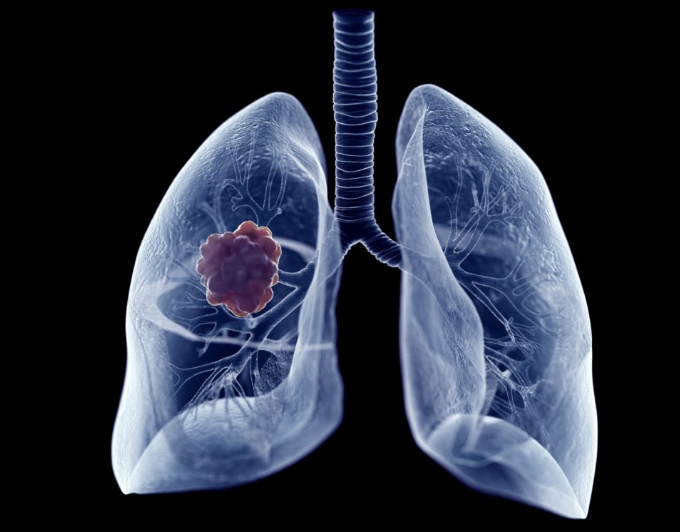
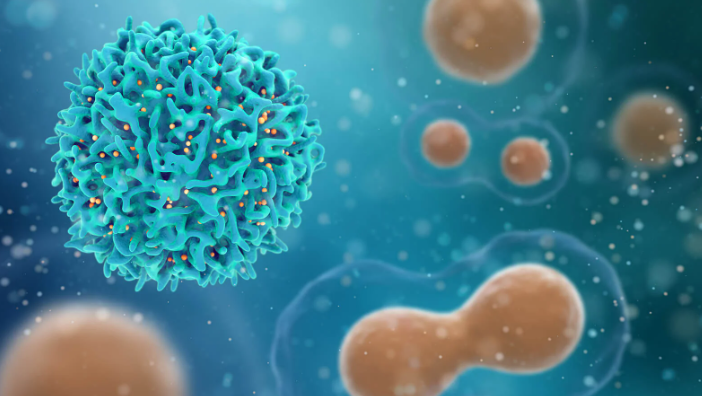
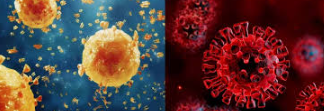
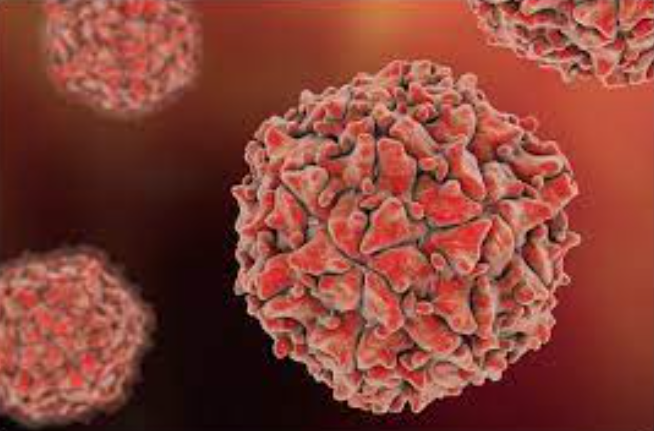

Responses